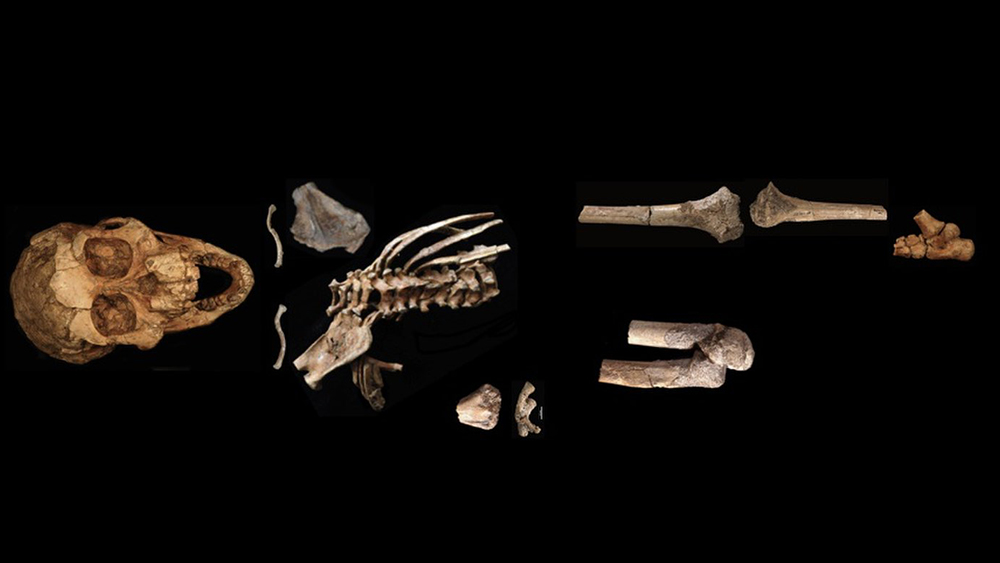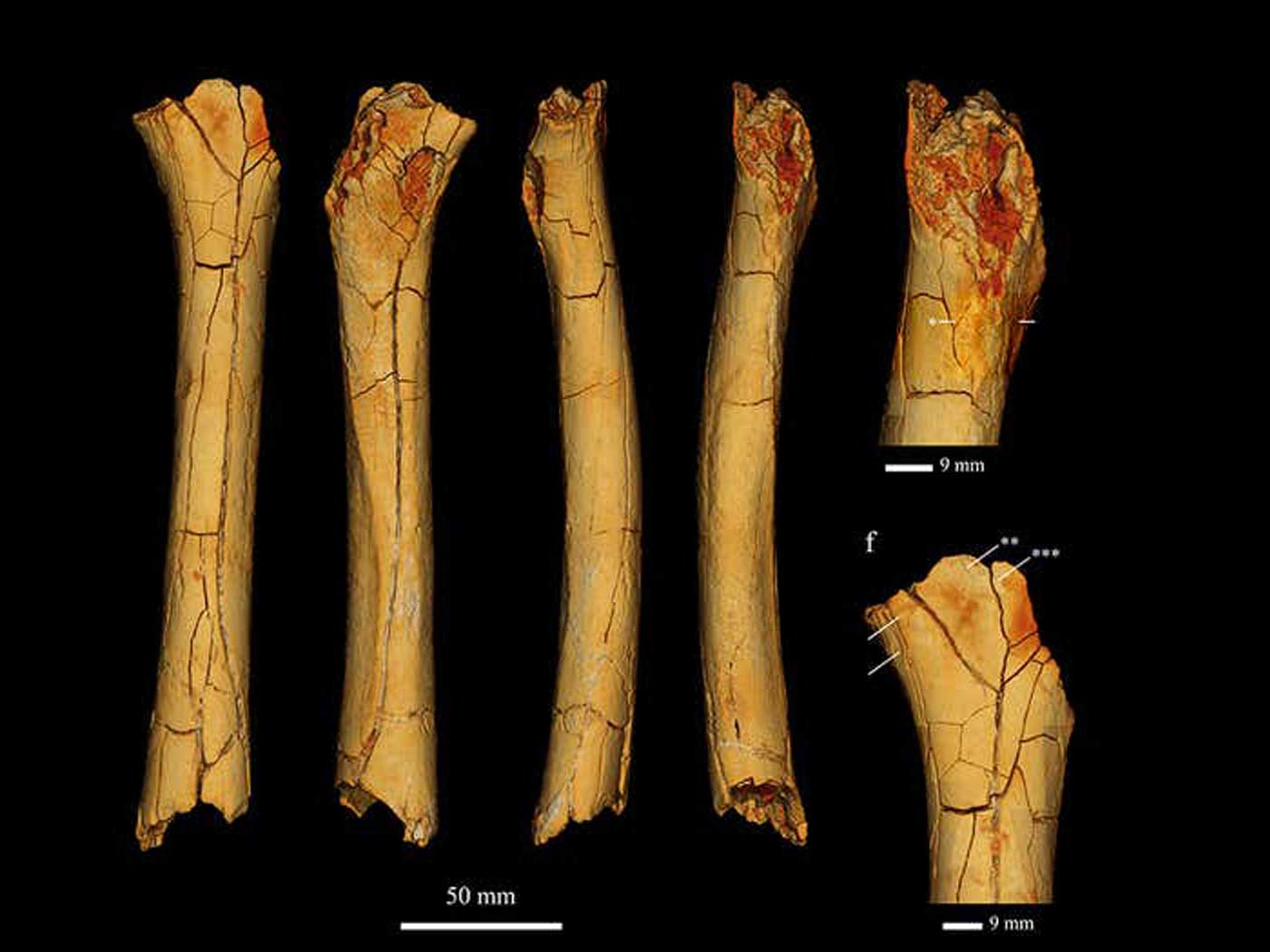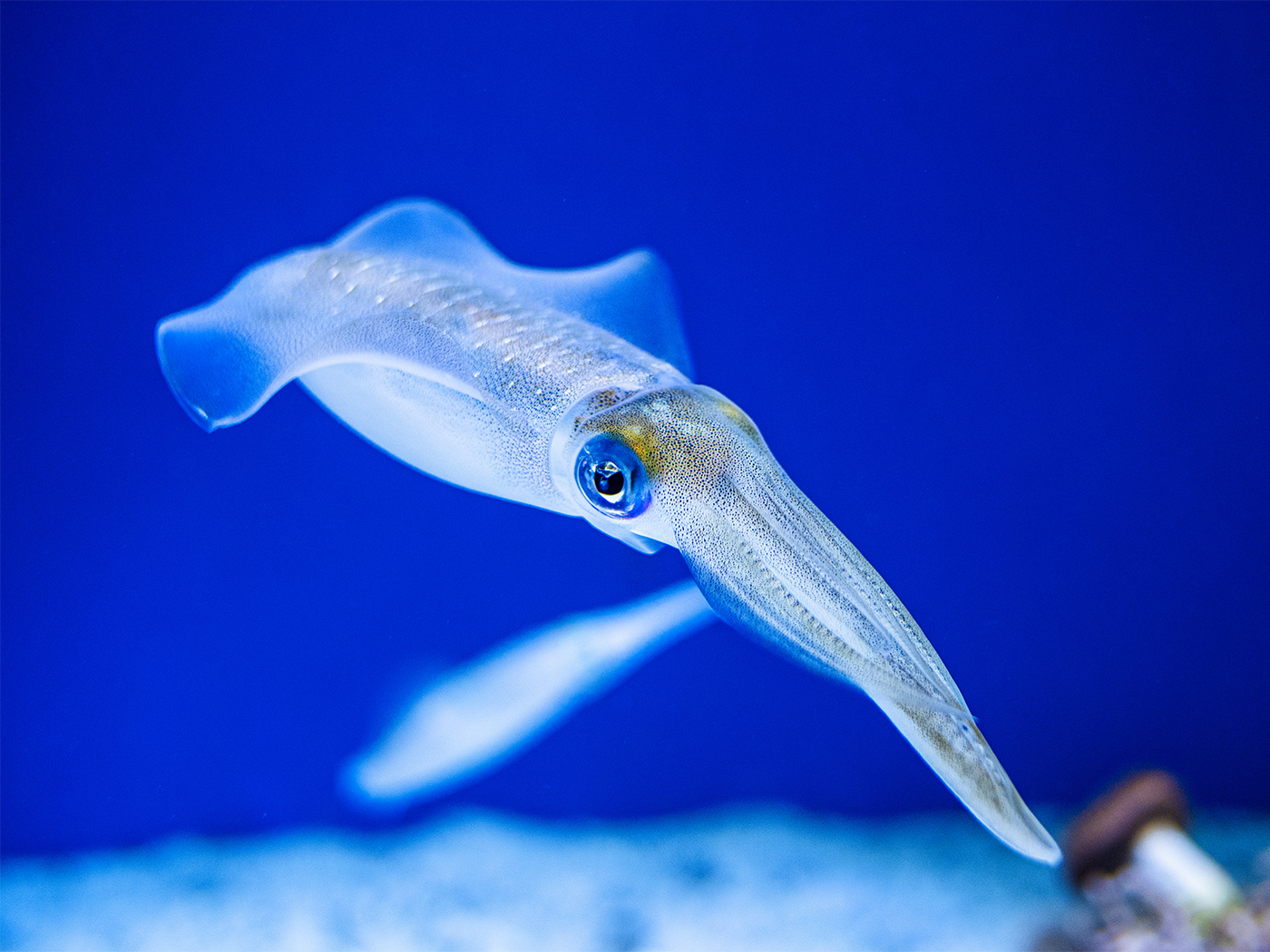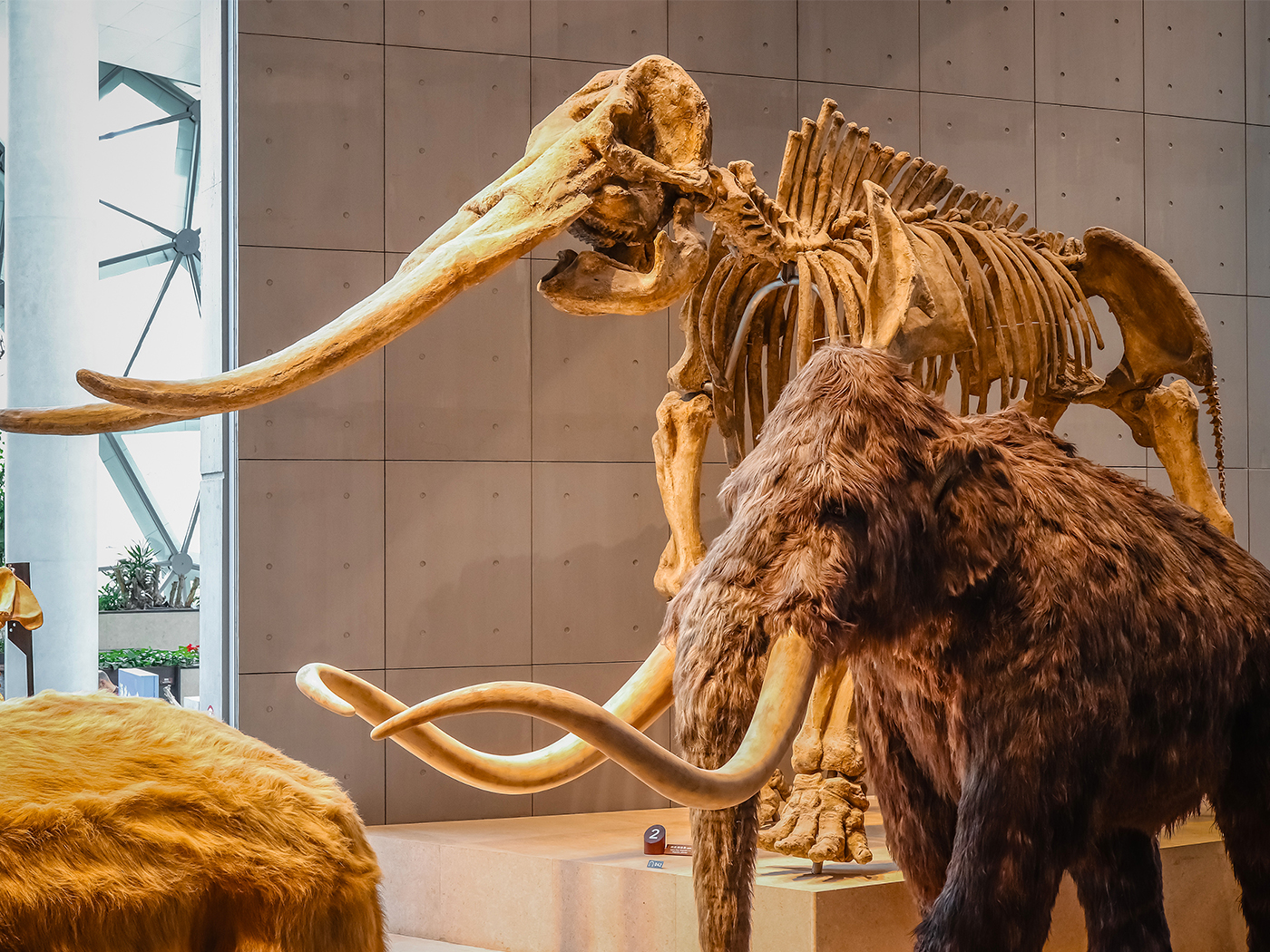Certain evolutionary scientists have talked of Lucy since the 1970s as a supposed ape-like ancestor of humans. It’s probably the world’s most famous extinct ape. The Lucy kind was roughly the size and shape of a chimpanzee. Scientists recently described a tiny foot from a toddler of this extinct species. But this foot looks like an ape’s, which clearly clashes with the LiveScience article title, “Ancient Human Ancestors Had to Deal with Climbing Toddlers.”1 Does this species really deserve “human ancestor” status?
Zeresenay Alemseged from the University of Chicago discovered the remains back in 2000. He and other paleoanthropologists described the foot in Science Advances.2 He told LiveScience that the big toe on the fossil’s post-it-note-size foot did not stick out to the side like it does in modern chimps, but was curved inward like today’s tree-climbing apes. The study authors speculated that Lucy’s kind could grasp and climb tree branches with its feet.
So why call it a human ancestor if it possessed non-human feet?
Even before this new foot description, some evolutionists—depending on which expert is consulted—have concluded that the Lucy type was just an ape kind. The late British zoologist Solly Zuckerman declared, “They are just apes.”3
Both anatomy and evolutionary disagreement had already debunked Lucy as any kind of human ancestor. ![]()
Evolutionists don’t all agree that Lucy was a human ancestor, because not one of its ape-shaped bones was shaped exactly like the corresponding bone in a human body. So, both anatomy and evolutionary disagreement had already debunked Lucy as any kind of human ancestor.4 This new foot fossil kicks that concept even further to the curb.
The main evolutionary story line favoring Lucy as a human ancestor involves famous footprints at Laetoli. Independent studies determined the African tracks exactly matched those of humans.5,6 But their position in sediment layers deemed older than evolution’s age assignment for humanity meant that something not human must have made them.
The story reeks of evolution-serving circular reasoning. An imaginary ape having human feet and body posture only exists in the minds of those who assume humans evolved from ape-like ancestors. But a look at the fossils instead of listening to evolutionary stories opens a new option: that the Laetoli tracks look human because actual humans made them. But this would force another rewrite of human evolution in general.
This old evolutionary tale stubs its toe on this new fossil evidence that contradicts the LiveScience news story title. The Laetoli trackmaker had straight, human toes.6 Lucy’s kind had curved big toes—ape toes. Lucy never made those tracks. And without those imagined human feet attached to a Lucy, the only basis for imagining Lucy’s kind as a human ancestor vanishes.
Lucy was not becoming human. It was becoming extinct. ![]()
Lucy was not becoming human. It was becoming extinct. A more truthful title for a news article on this fossil foot find would sound something like “Curved Big Toe Confirms Lucy Was an Ape.”
References
1. Hickok, K. Ancient Human Ancestors Had to Deal with Climbing Toddlers. LiveScience. Posted on Livescience.com July 4, 2018, accessed July 8, 2018.
2. DeSilva, J. M. et al. 2018. A nearly complete foot from Dikika, Ethiopia and its implications for the ontogeny and function of Australopithecus afarensis. Science Advances. 4 (7): eaar7723.
3. Lewin, R. 1987. Bones of Contention. Chicago, IL: University of Chicago Press, 164.
4. Sherwin, F. 2017. Lucy Languishes as a Human-Ape Link. Acts & Facts. 46 (5): 10-13.
5. White, T. D. 1980. Evolutionary Implications of Pliocene Hominid Footprints. Science. 208 (4440): 175-176.
6. Raichlen, D. A., 2010. Laetoli Footprints Preserve Earliest Direct Evidence of Human-Like Bipedal Biomechanics. PLOS ONE. 5 (3): e9769.
*Brian Thomas is Science Writer at the Institute for Creation Research.

























